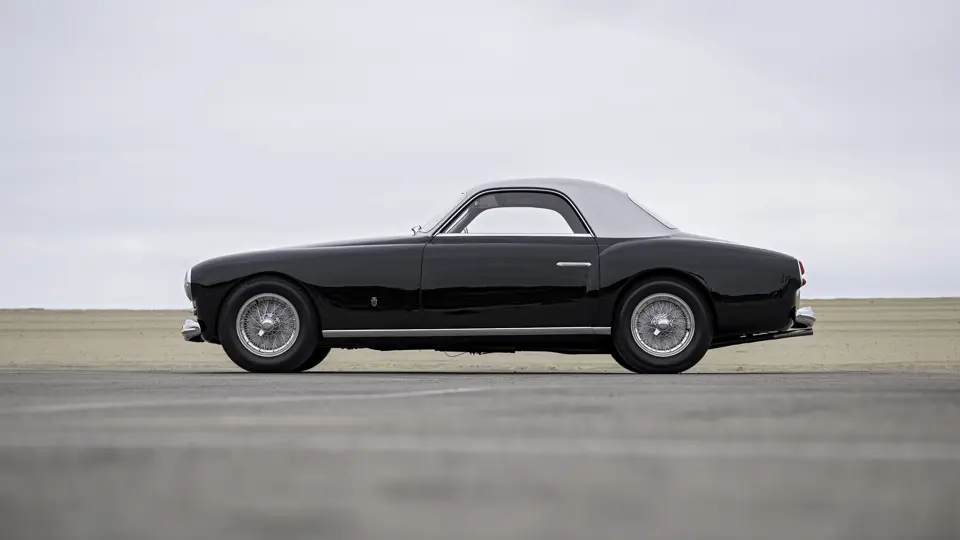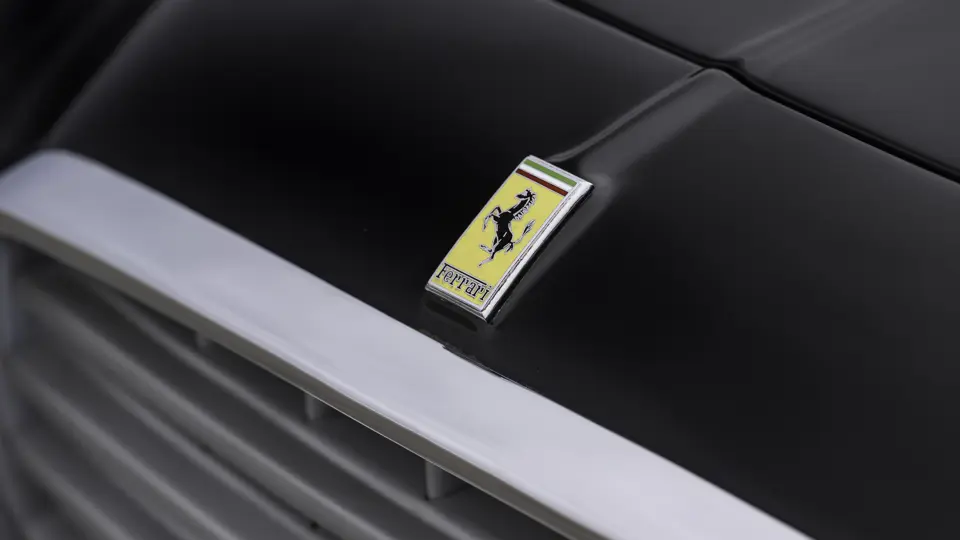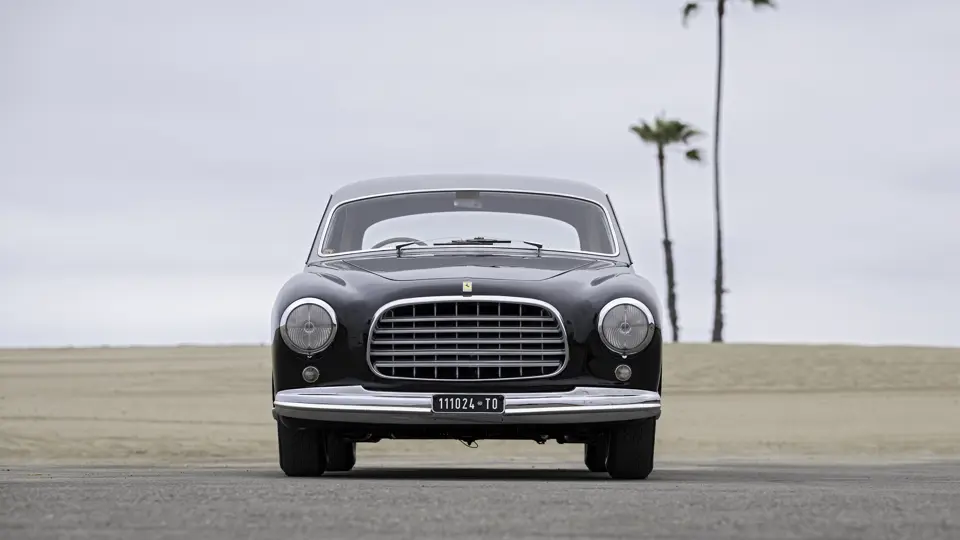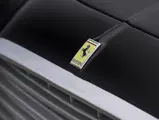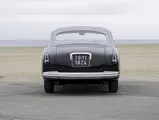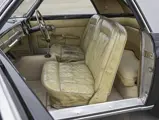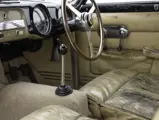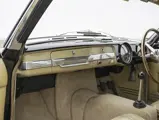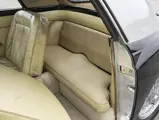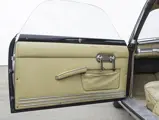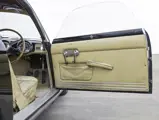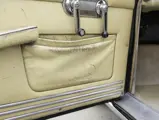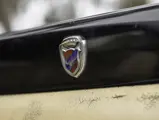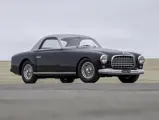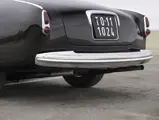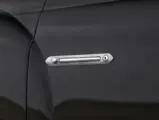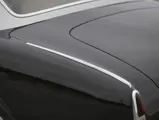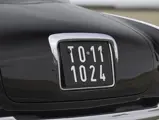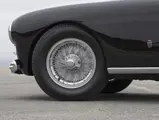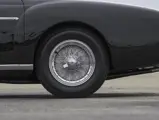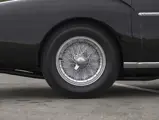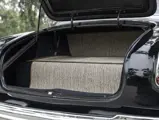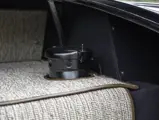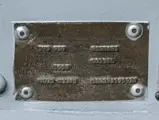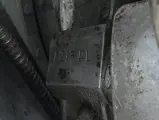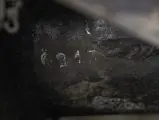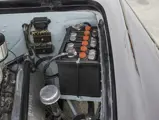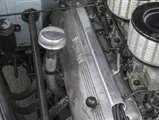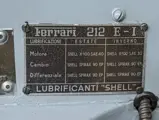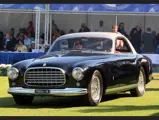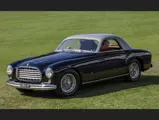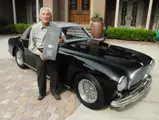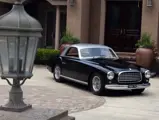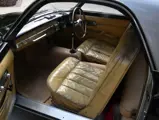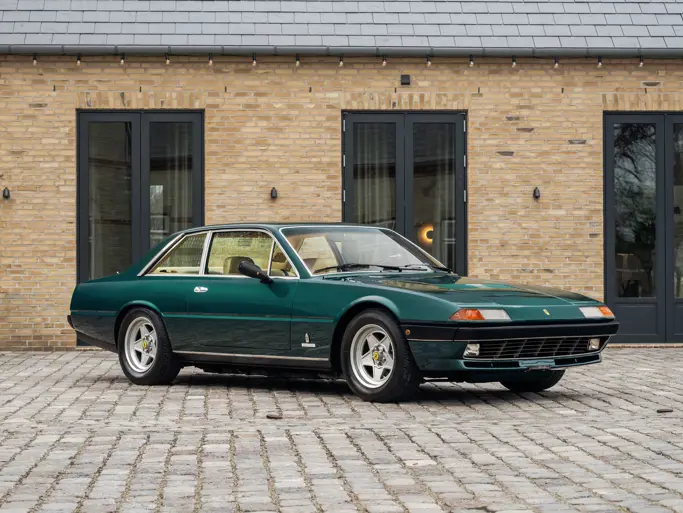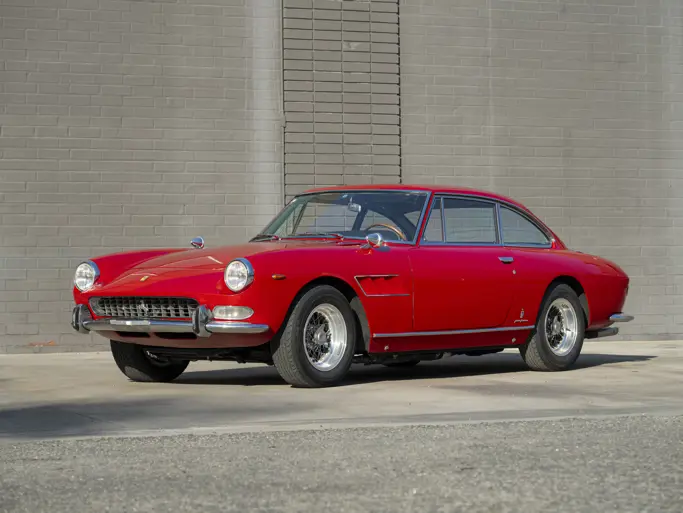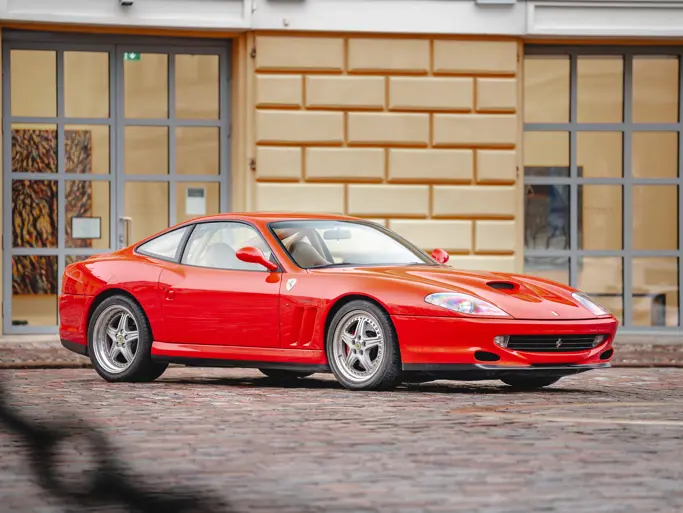
1951 Ferrari 212 Inter 'Supergioiello' Coupe by Ghia
{{lr.item.text}}
$950,000 USD | Sold
{{bidding.lot.reserveStatusFormatted}}
- A spectacular prize; offered from The Collection of Rodolfo Junco de la Vega, Jr.
- One-off ‘Supergioiello’ coachwork from Ghia designed by Boano and Michelotti
- The longest ownership tenure of any Ferrari ever offered at auction; acquired in November 1958
- Exhibited by Ghia at the 1951 and 1952 Turin Motor Shows; a notably well-preserved masterpiece of design
- Featured in every significant Ghia catalogue raisonné, with known history since new
- Accompanied by its ACI Estratto, 1958 sales invoice, export documents, historic imagery, 212 Inter brochure, and Massini Report
This 1951 Ferrari 212 Inter Coupe—which wears a unique “Supergioiello” design that places it firmly among the highest tier of significant coachbuilt V-12 Ferraris and represents one of the finest commissions ever executed by Ghia— is a rare example of the phenomenon by which an automobile transcends its significance as a mechanical object and becomes symbolic of the person most closely affiliated with it. Above all, this special Ferrari best represents a moment of inspiration: a chance encounter between an ambitious, young Mexican journalist and a world-famous Italian racing driver.
On 23 November 1951, a blue-and-white sports car progressed down a winding, rock-strewn ribbon of road deep within the mountainous interior of Northern Mexico, its unbaffled engine screaming a banshee-like wail. Awaiting the banshee’s imminent arrival was Rodolfo Junco de la Vega, Jr., 29-year-old Directing Editor for the regional newspaper El Sol. Junco De la Vega was on assignment to cover the second edition of an incredibly perilous road race, the Carrera Panamericana, through several of its northbound stages.
Just before the cacophony reached its peak, someone further up the road exclaimed “Taruffi!” and the banshee exploded into view. Amazed at the driver’s prodigious speed, the slack-jawed journalist glanced sideways at the sports car just long enough to spot a rectangular yellow badge upon the bonnet. As the car disappeared around the next bend, legend says that Junco de la Vega declared, “Debo tener un Ferrari”—"I must have a Ferrari.”
With his pace-setting victory documented by Junco de la Vega’s flattering coverage, Taruffi’s wider legacy in Mexico was further cemented when a new verb, tarufear—“to drive very fast”—immediately entered the country’s casual lexicon.
The pair soon struck up a friendly correspondence which they reportedly maintained via periodic telegrams. This exchange proved especially fruitful during the summer of 1958, when Taruffi learned of a nicely priced, lightly used 212 Inter Coupe which had recently become available in his home city of Rome. Firing off a quick dispatch, he relayed that a deal was to be had, if Junco de la Vega was indeed ready to acquire a Ferrari.
The subject Ferrari of that telegram, 0213 EL, will be forever tied to Junco de la Vega’s prized ownership; the rest, as could be said, is history. But this car’s own tale begins a few months prior to Taruffi and Don Rodolfo’s famous roadside encounter.
THE SUPERGIOIELLO 212
At the opening of the Turin Motor Show on 4 April 1951, Ghia unveiled several fascinating commissions executed upon Ferrari’s latest V-12 chassis, of which the 212 Inter Coupe 0213 EL was unequivocally the most attractive and best received. This opinion was not merely popular sentiment: It is the only Ghia design which Ferrari included on their sales literature for the 212 Inter.
Ghia provided this stunning show car with a unique closed body in the “Supergioiello,” or “super jewel,” style by designers Felice Mario Boano and Giovanni Michelotti. Chassis 0213 EL’s distinctive coachwork is defined by an elegant profile that combines a high beltline and low roofline. Extremely thin A-pillars support a gently rounded roof unspoiled by the two-piece side windows seen in so many designs executed by Italian coachbuilders for Ferrari during the period. This tails off into a pair of graciously widened rear fenders whose slope creeps forward into the doors, and rearward into a pair of applied chromed “pinch fins” upon the tail of the body—a clever and ingenious nod to the increasing prevalence of the Jet Age fins that came to dominate the so-called Stile Transatlantico.
A set of chrome side moldings and matching bumpers are complemented by polished Borrani wire wheels, and the remarkable elegance of Michelotti’s linework upon 0213 EL was further accentuated by a two-tone paintjob featuring a black body and silver roof. The Ferrari’s interior was trimmed to match its exterior quality, with sumptuous tan leather upholstery and thoughtful ergonomic details.
Following its debut, press photos executed in Turin by Aldo Moisio were soon being circulated to Ferrari dealers, and in this capacity 0213 EL first appears in an advertisement by the local agent, Fontanella. After another appearance on Ghia’s stand at the Turin Motor Show in April 1952 (this time painted all black), the 212 “Supergioiello” was finally released by the factory and promptly sold in July 1952 to its first owner, an unspecified member of the fantastically wealthy Fassio family. The Fassio patriarch, Ernesto, and his heirs Alberto, Giorgio, and Franca, all counted themselves among Maranello’s best customers.
The car’s accompanying ACI Estratto documents subsequent registrations in Trieste, Novara, and Varese before entering the ownership of Umberto Miserini in October 1955 registered as “VA 42309.” With Taruffi’s intervention, Junco de la Vega later purchased 0213 EL from Miserini on 7 November 1958 for $15,000. Offered today from Junco de la Vega’s estate, this Ferrari is not only a masterpiece of design representing the finest work of one of Italy’s most influential and storied coachbuilders, but it also has the longest ownership tenure of any example of the marque ever presented for public auction.
An extensive collection of export documentation shows that 0213 EL was soon routed from Livorno to Houston, Texas via ocean freighter, and subsequently forwarded by rail to Junco de la Vega’s residence in Monterrey, Mexico. By May 1959, it had begun its 65-year residency within Don Rodolfo’s esteemed and finely curated collection of significant Ferraris.
In later interviews with Ferrari Club publications, Don Rodolfo reminisced that he drove the car to Maranello bearing some cash and a letter of introduction from Taruffi. Upon presenting both items and explaining the remoteness of his Mexican residence to any of the marque’s sales agents, he was reportedly given several days of basic maintenance instruction by several of the same factory mechanics who had built the car back in 1951. Because of these early lessons, he regularly serviced the car himself for many decades. After he passed, the car sat for a period of time. More recently, Rodolfo’s heirs entrusted the car to Bob Smith Coachworks of Gainesville, Texas to make it safe and roadworthy.
Though he regularly enjoyed this unique 212 on countless long-distance tours throughout Mexico and Texas until the 1980s—and then subsequently on casual drives around his homes in San Antonio, Texas and Jacksonville, Florida—Junco de la Vega only exhibited the Supergioiello a handful of times at major concours and marque-specific shows, all of them within the final 15 years of his life. Save for a professional refinishing back to its factory-correct, two-tone paintjob in 1973, 0213 EL remains notably preserved throughout—a testament to its owner’s strong appreciation for the character and charm which only a cherished patina can imbue.
Few early Ferraris offer such extraordinary cachet as the 212 Inter Ghia “Supergioiello” Coupe. Its incredible provenance, significantly unique coachwork, and remarkable degree of preservation, to say nothing of its lengthy ownership by a dedicated enthusiast of the Ferrari marque, should merit the attention of the world’s most serious collectors and Maranello connoisseurs.

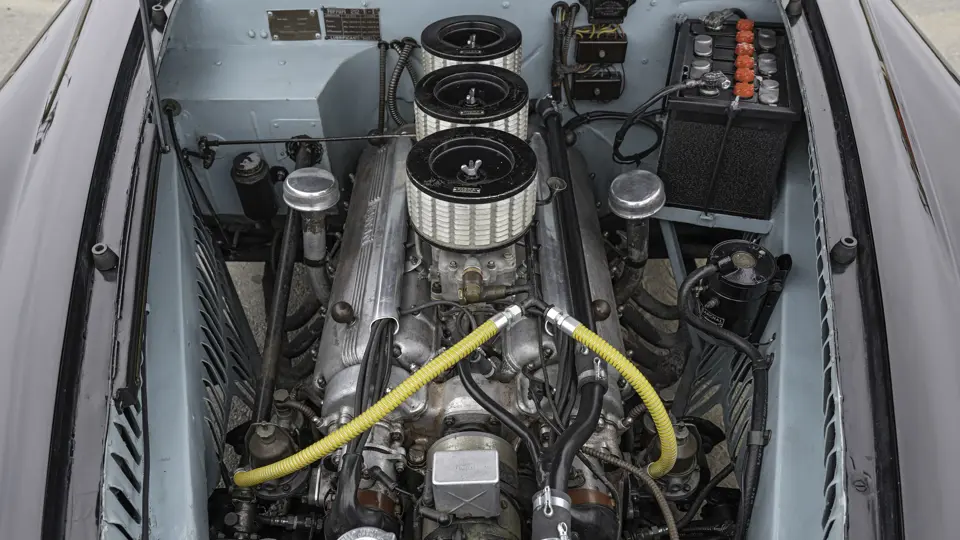


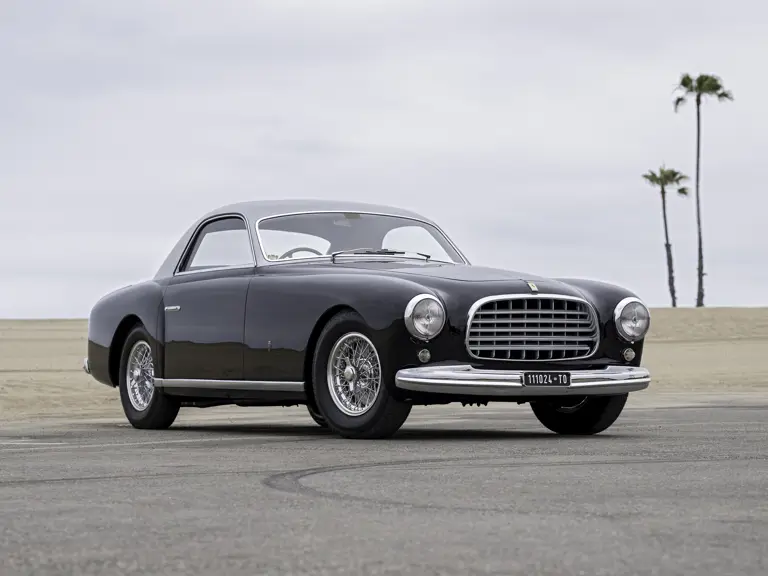
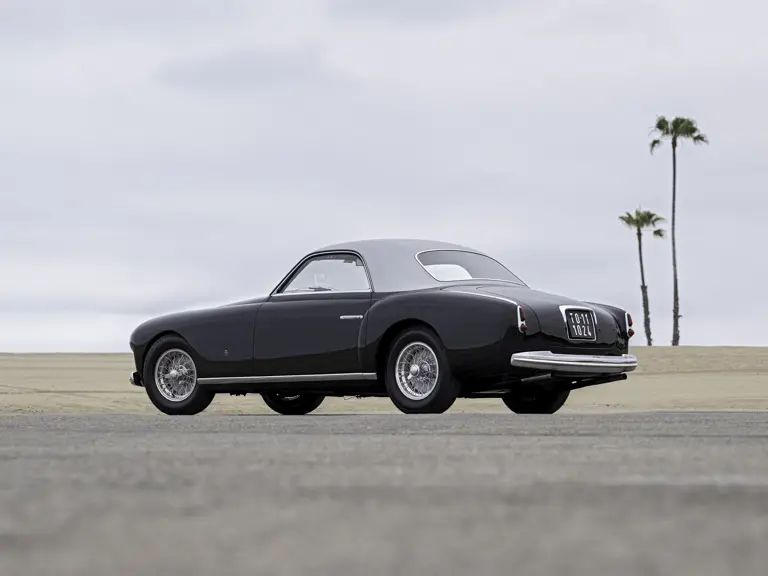
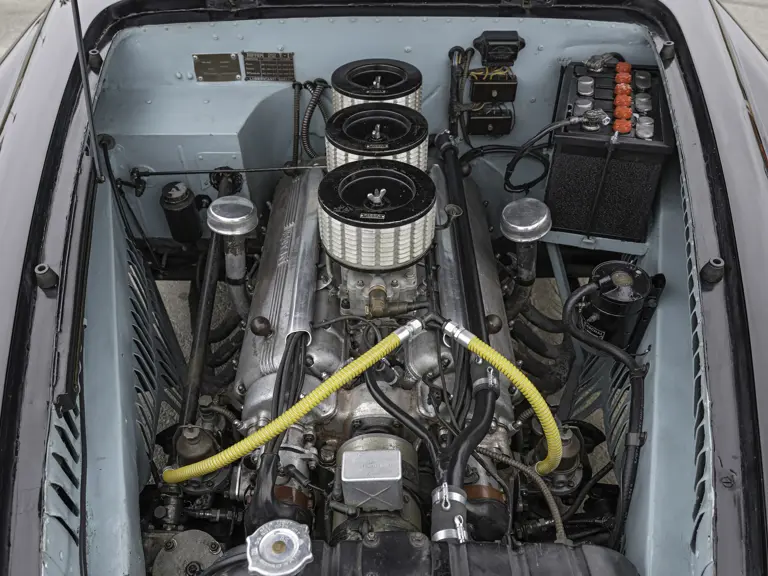
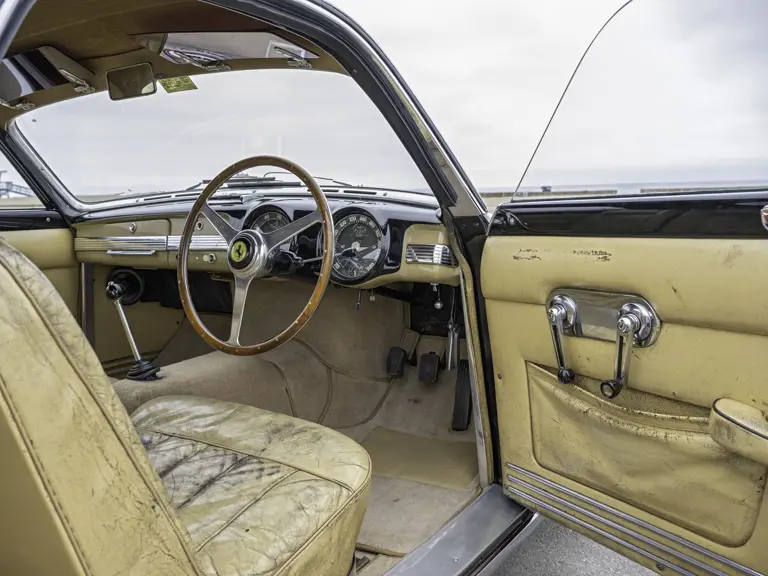
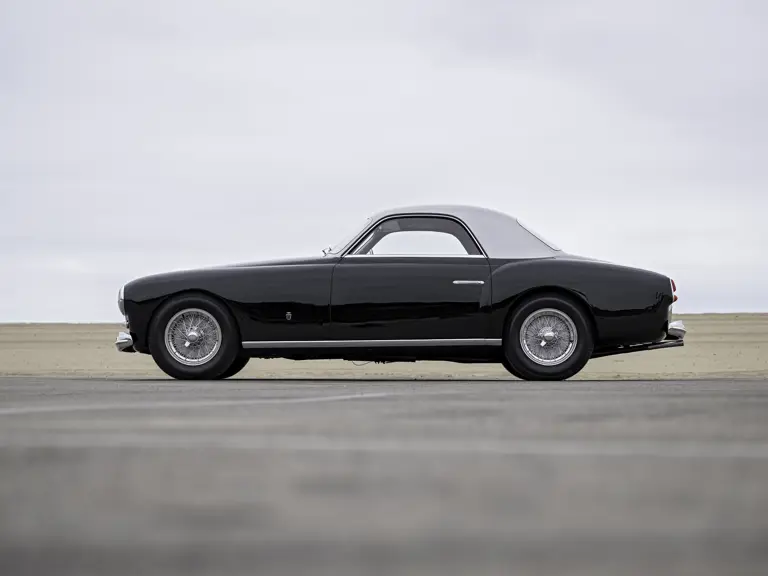

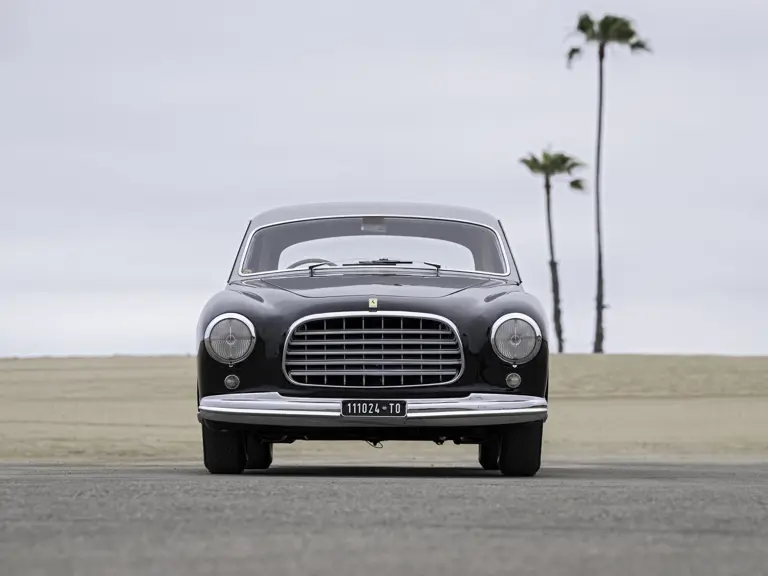
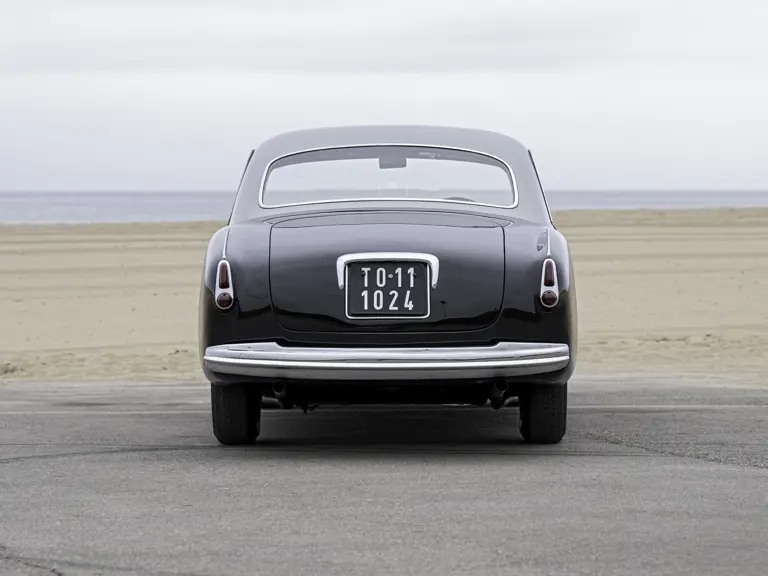

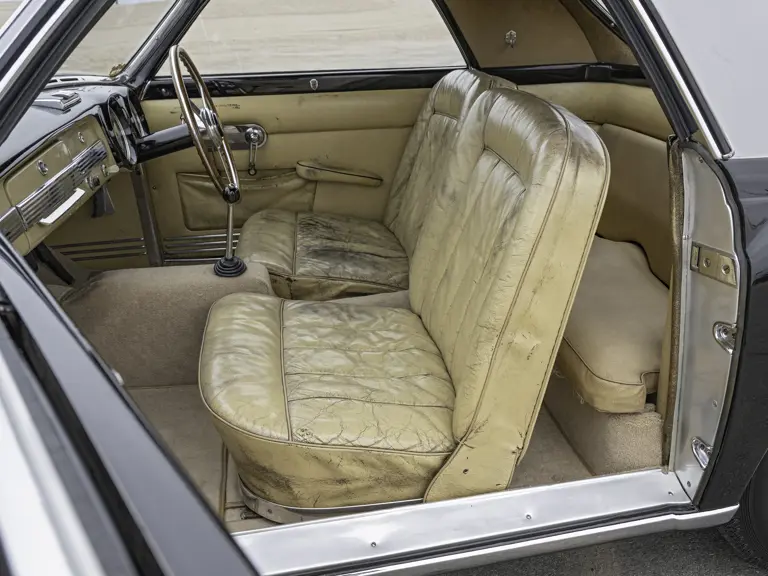

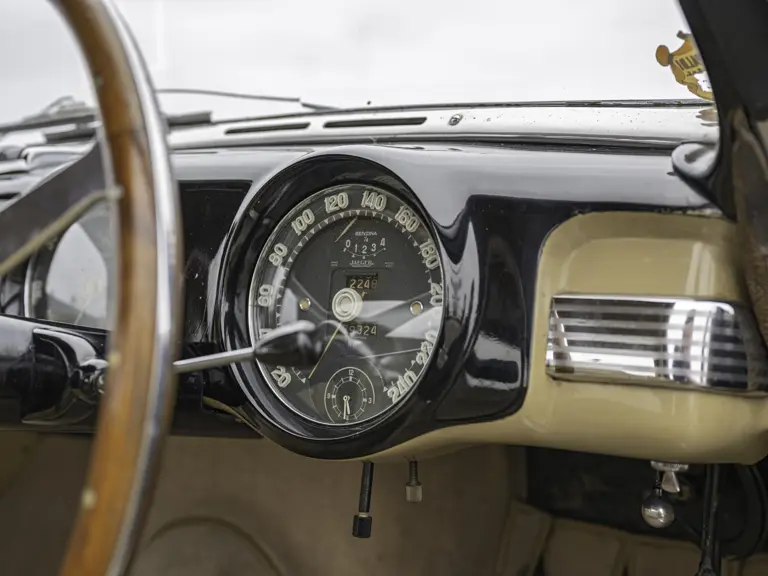
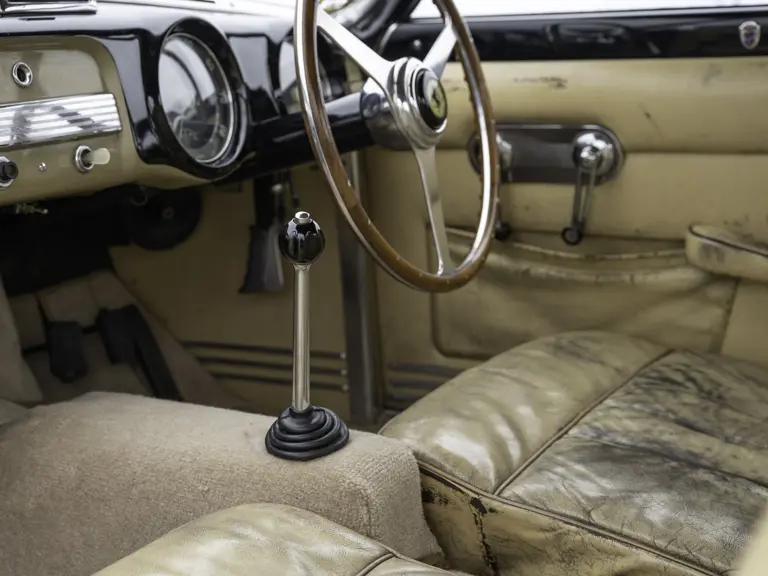
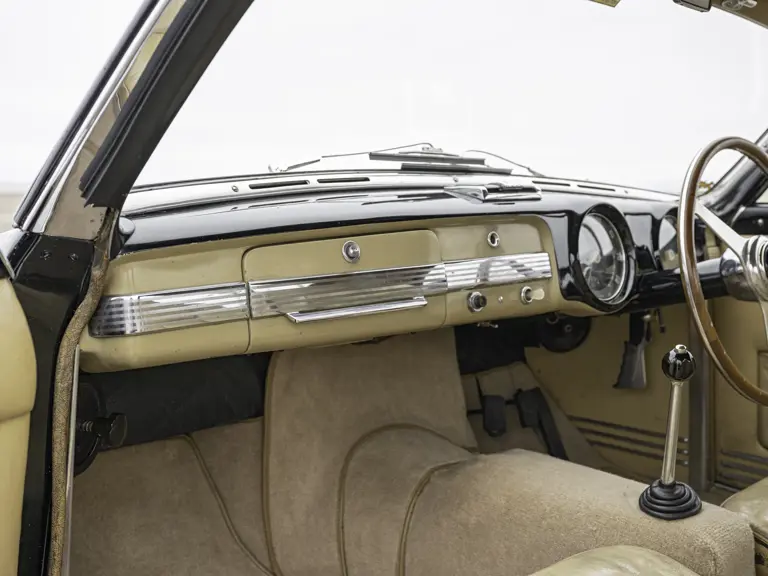
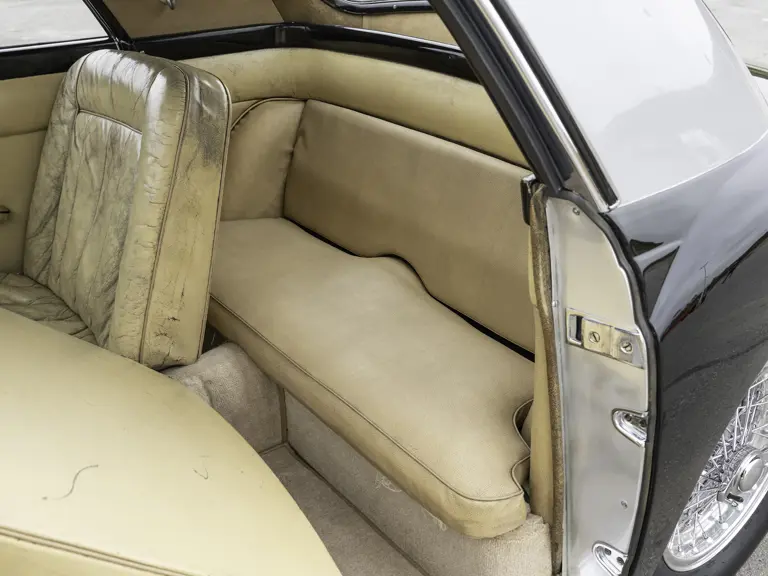

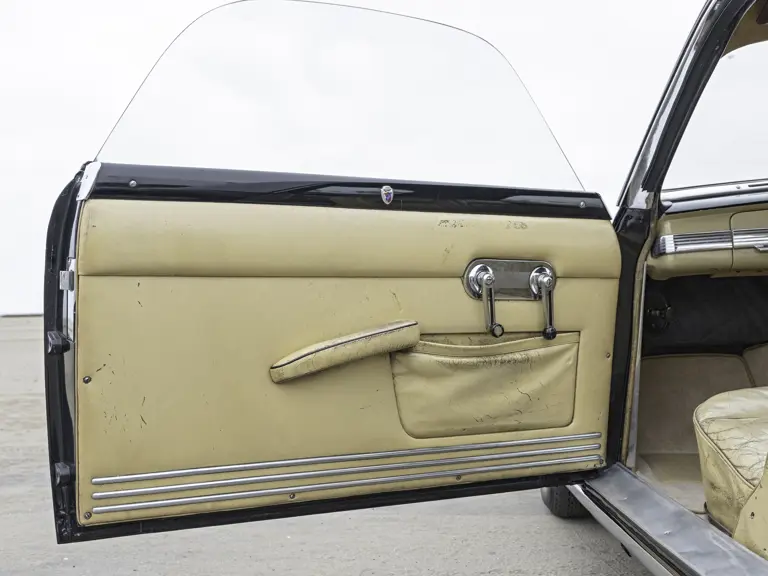
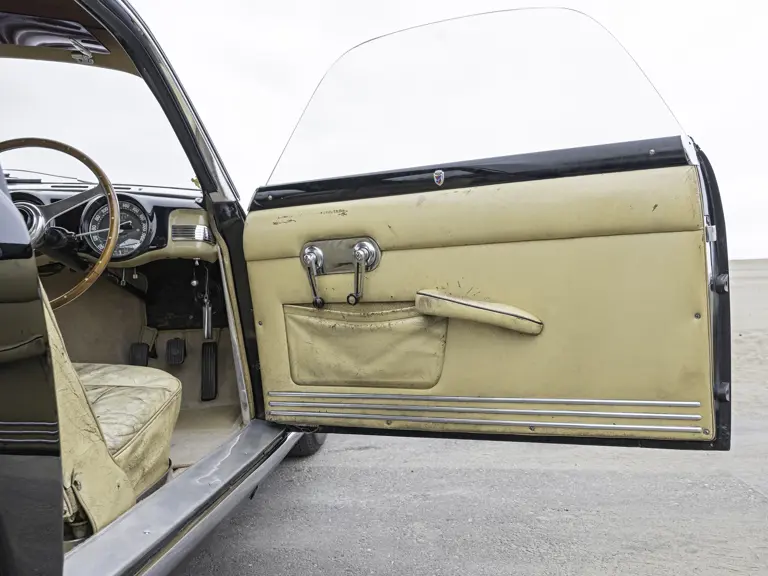
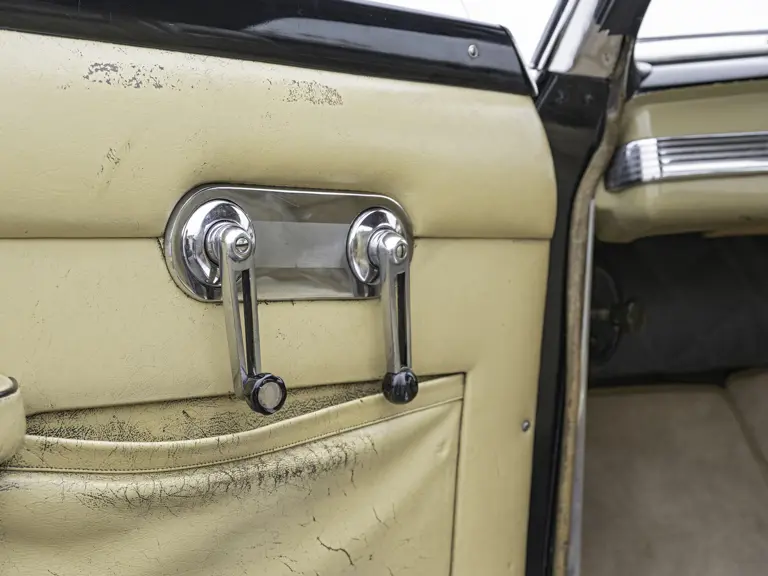

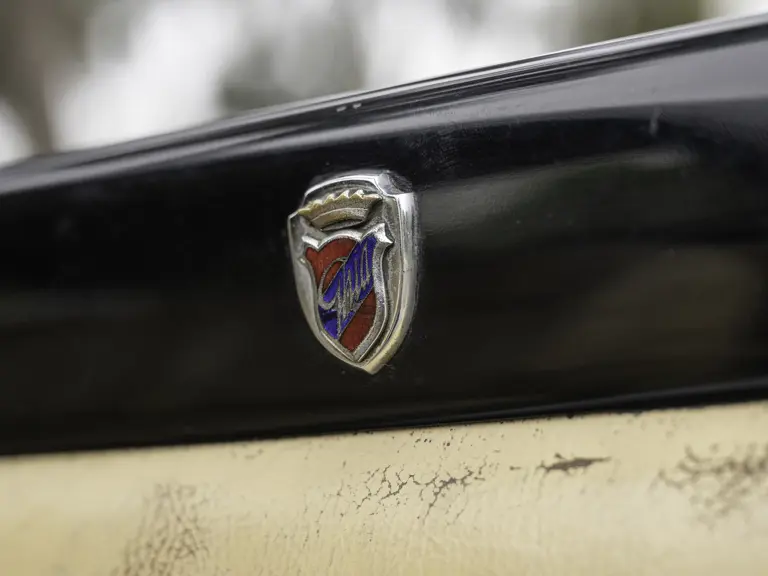

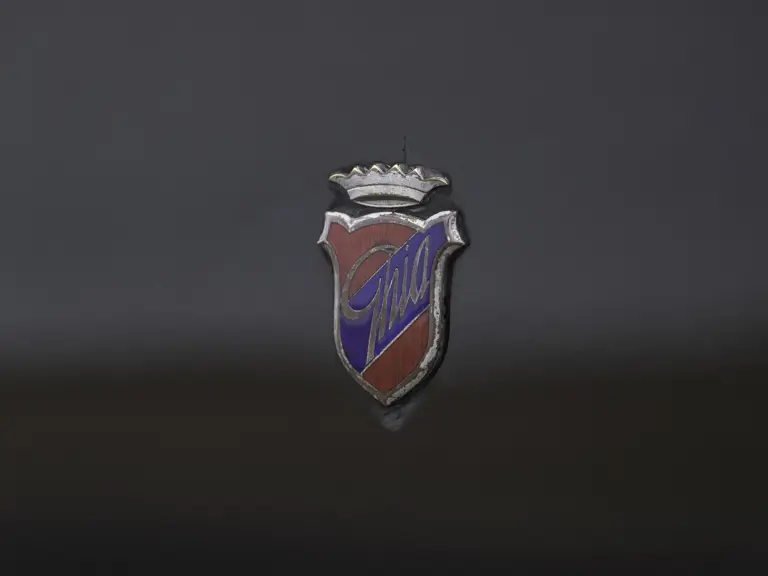
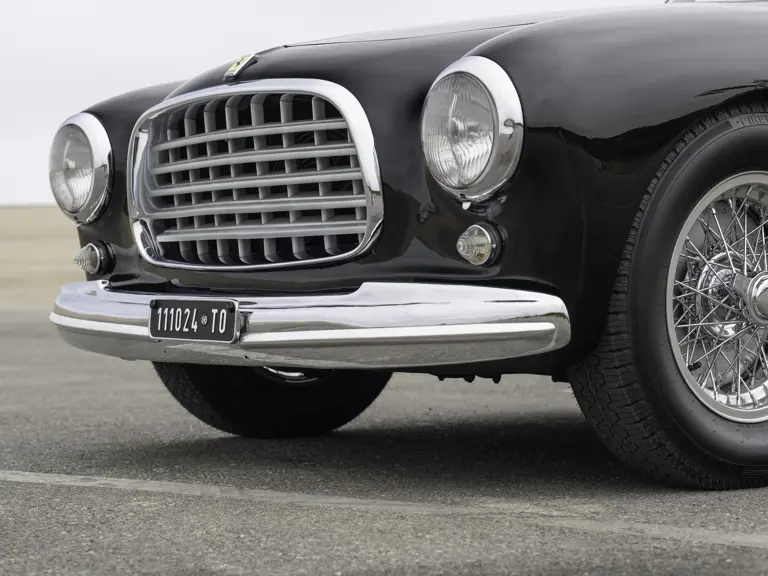

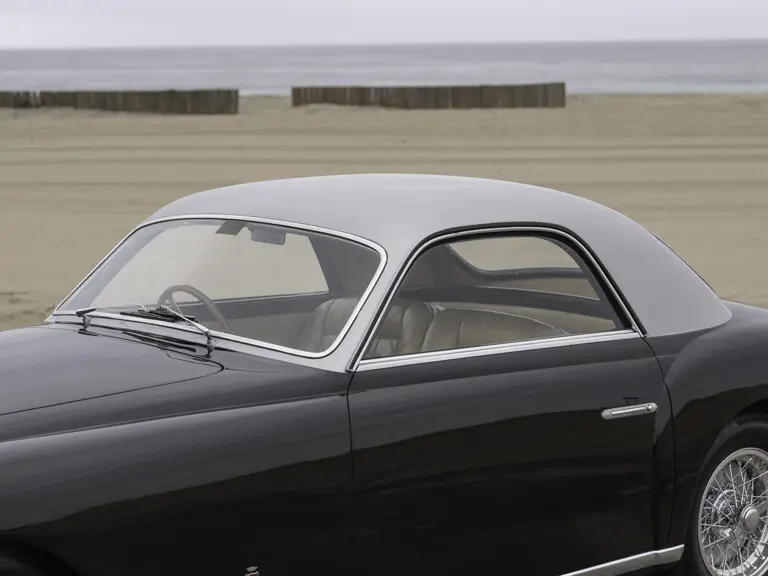
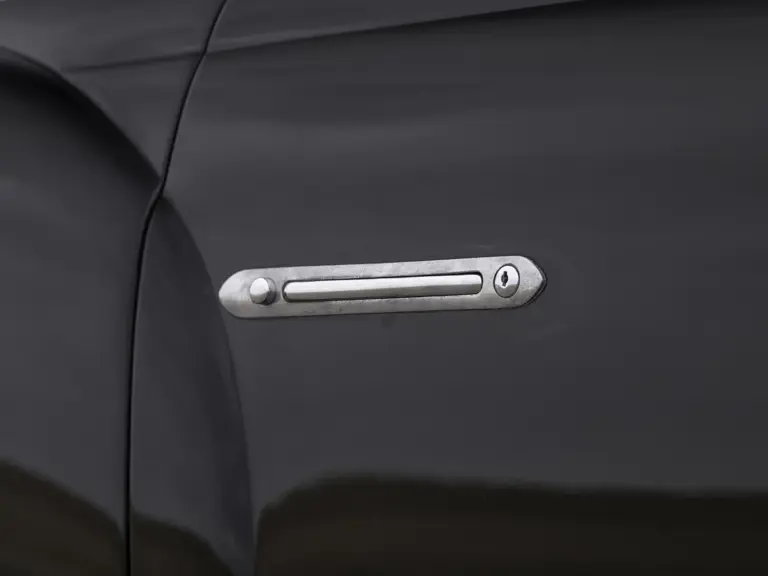
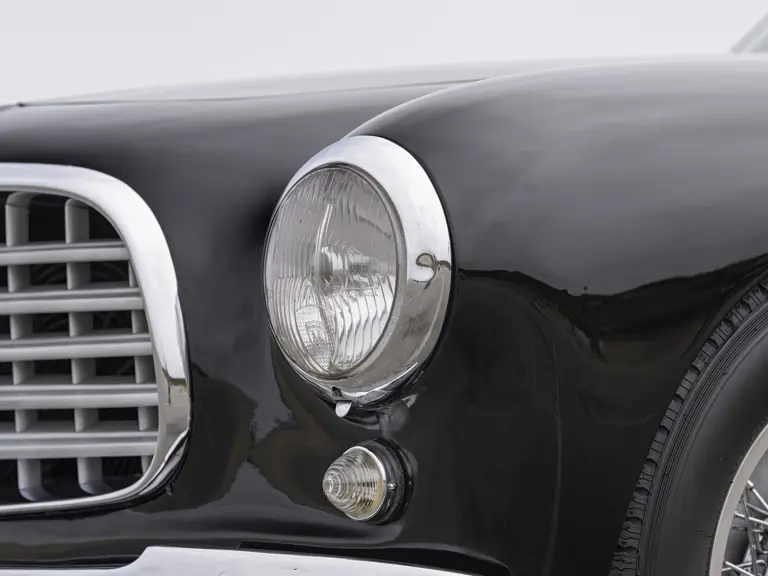
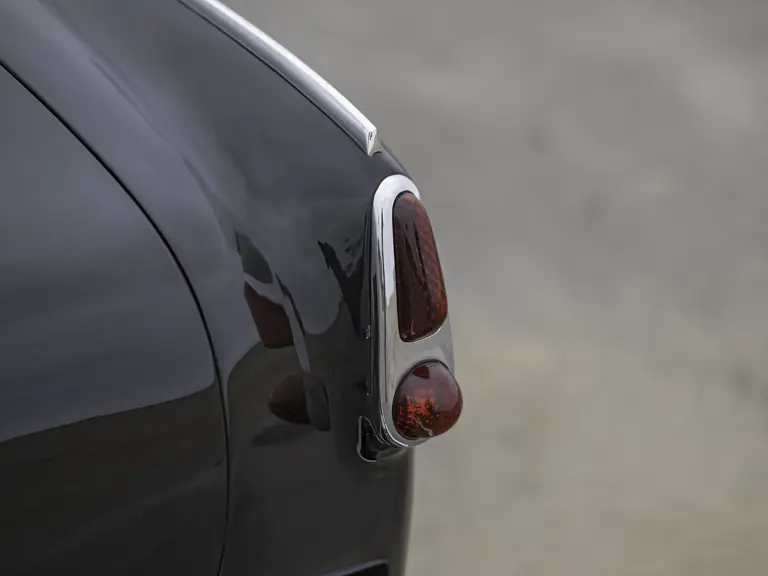
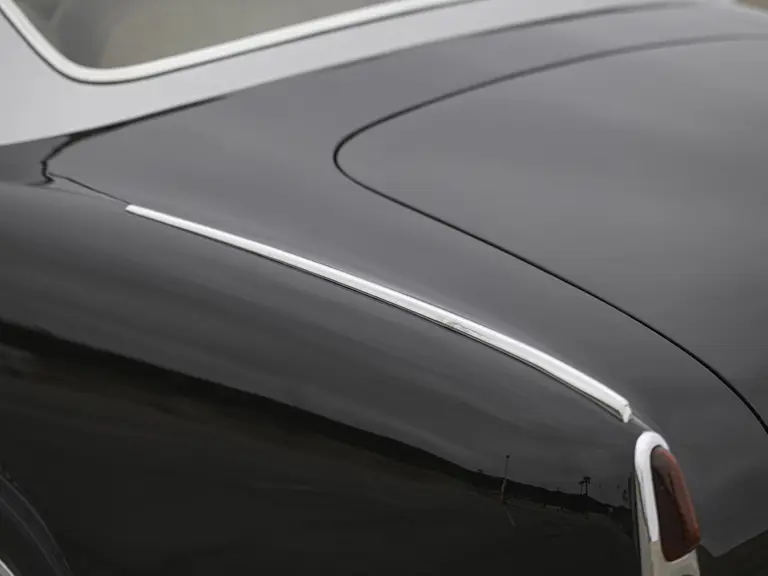
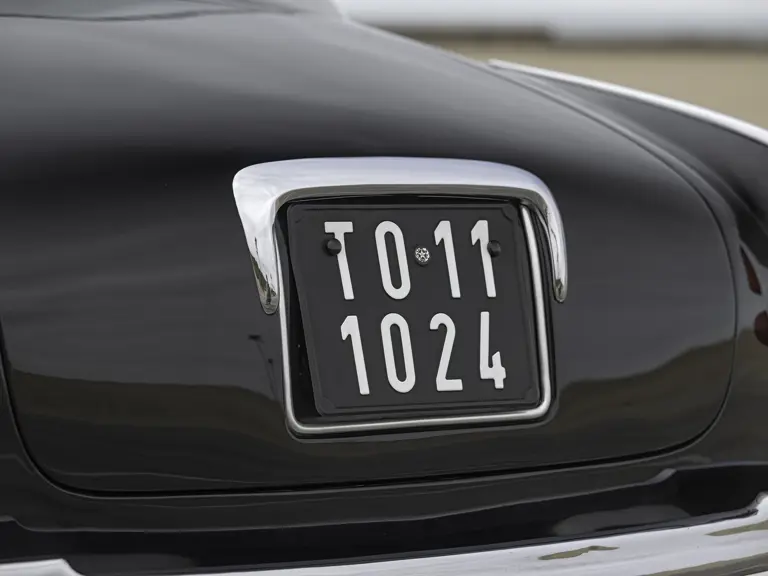
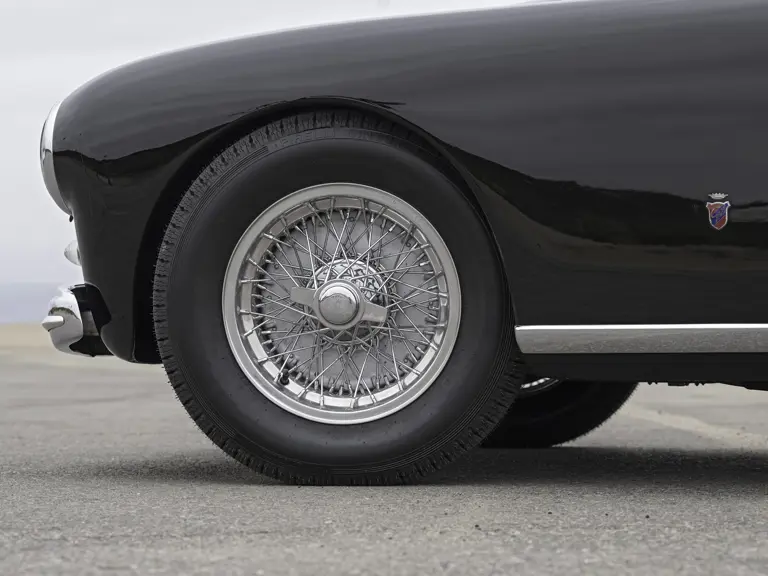

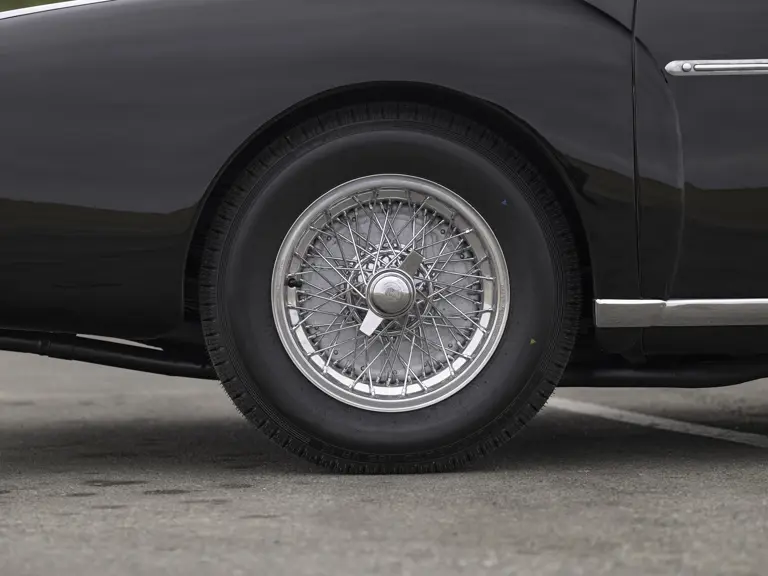
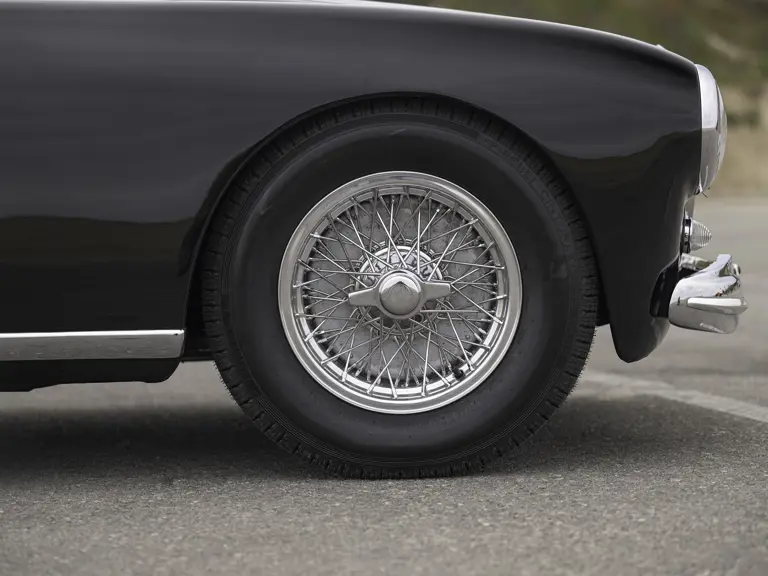


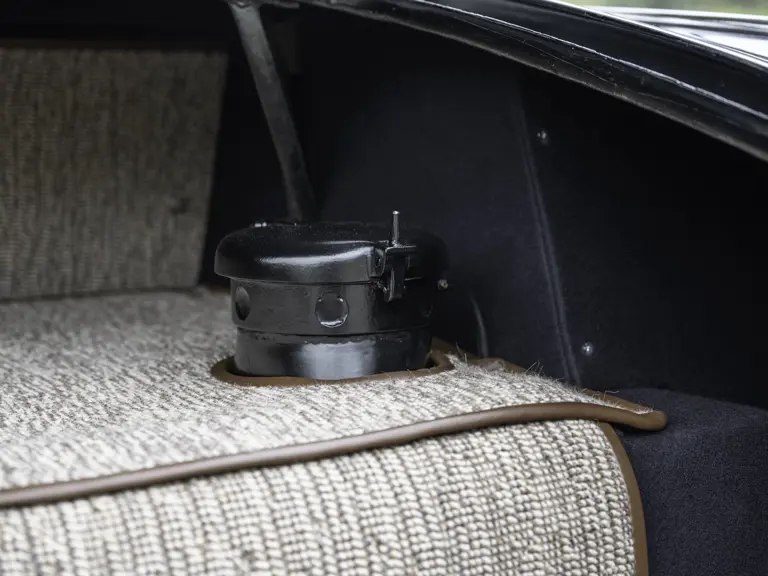
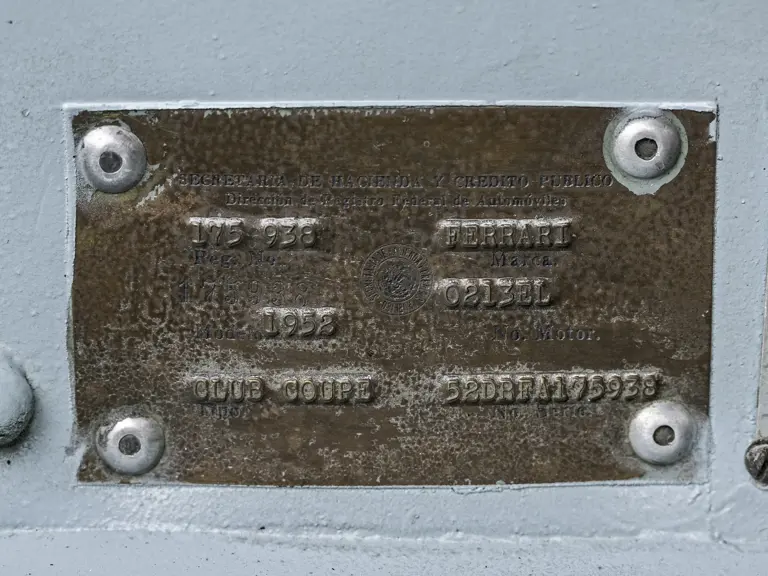
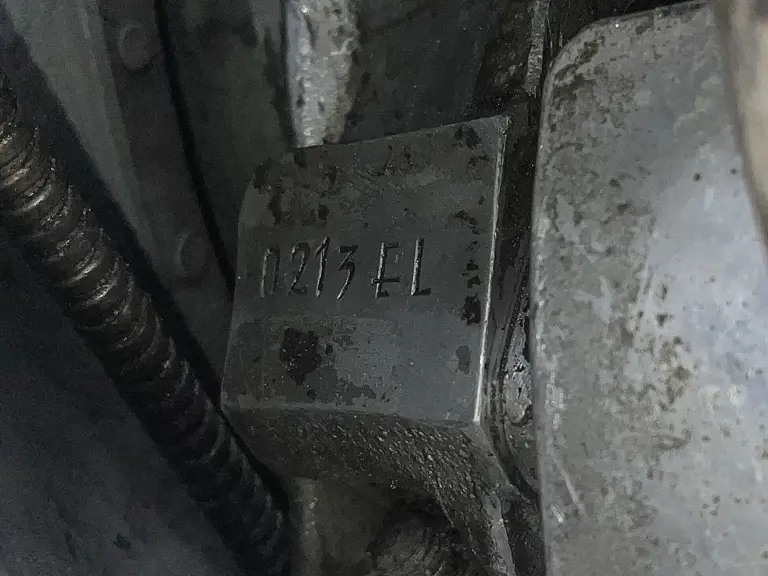
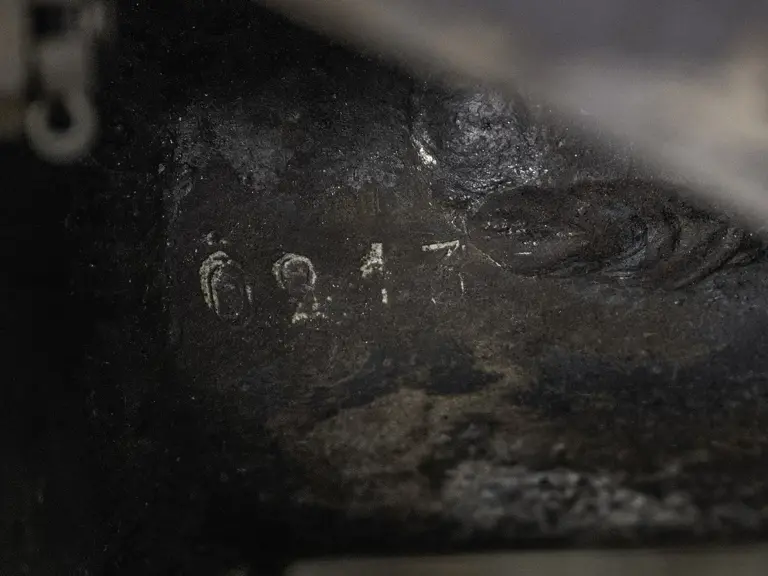
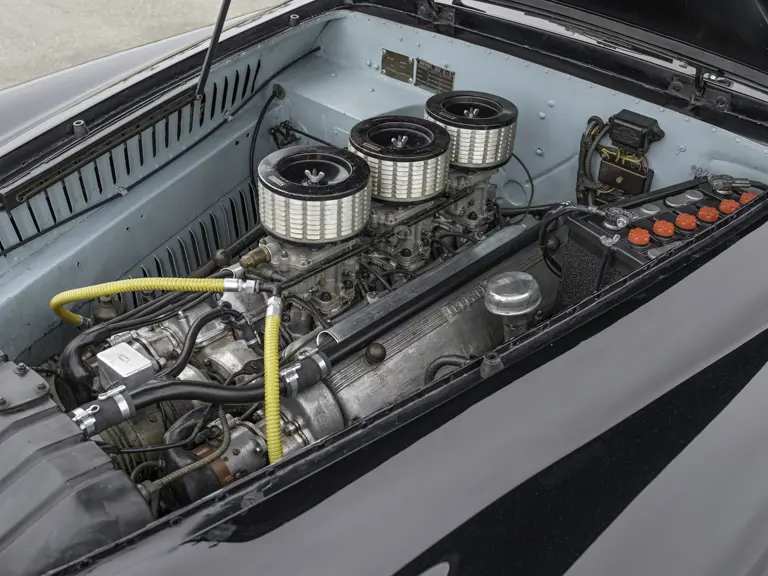
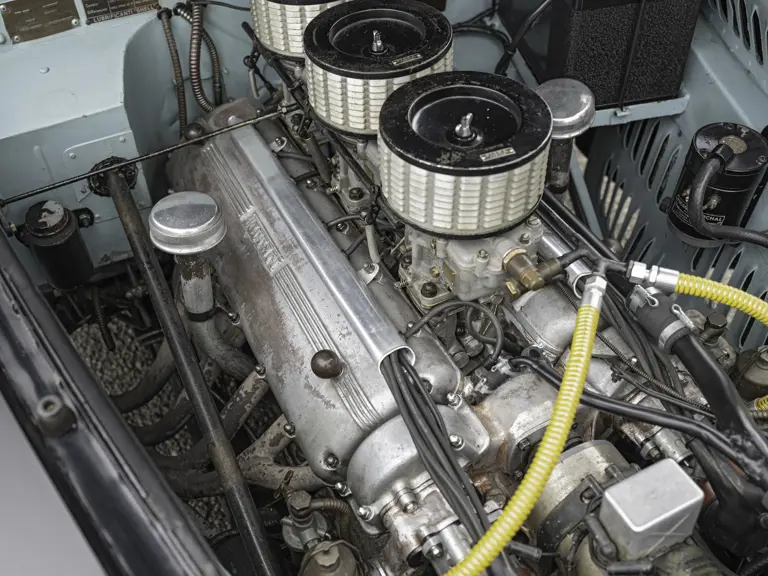
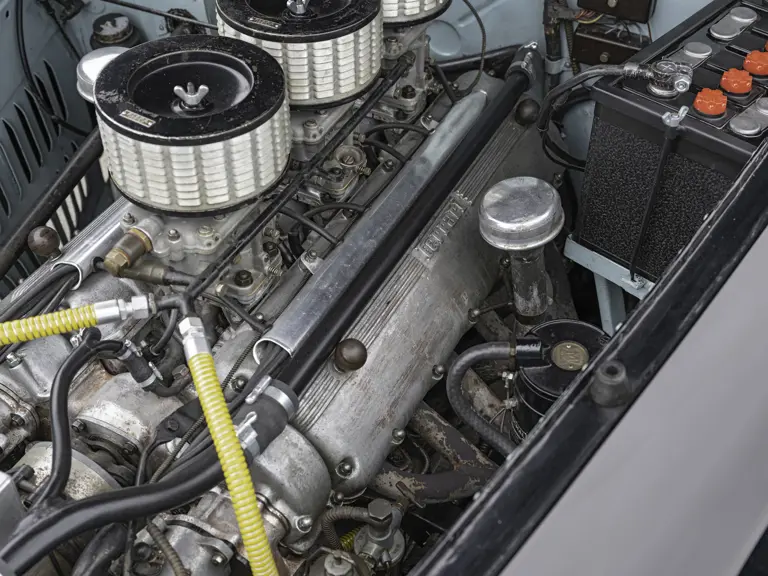
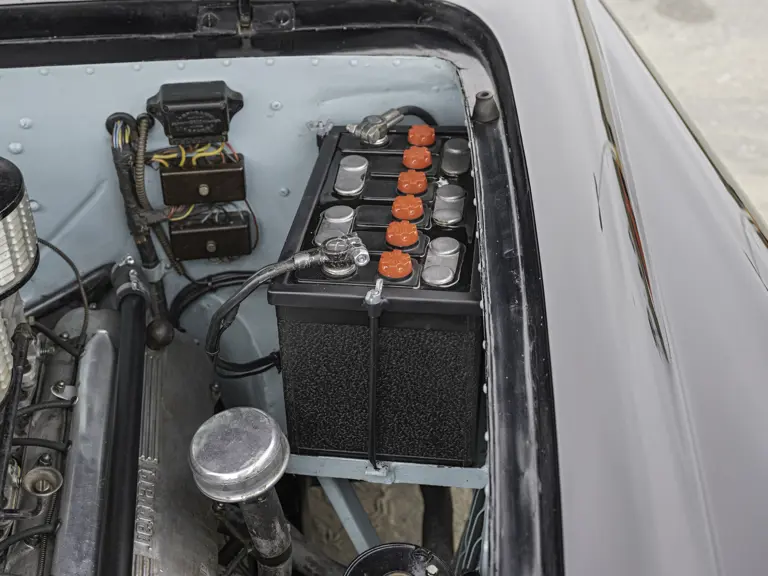
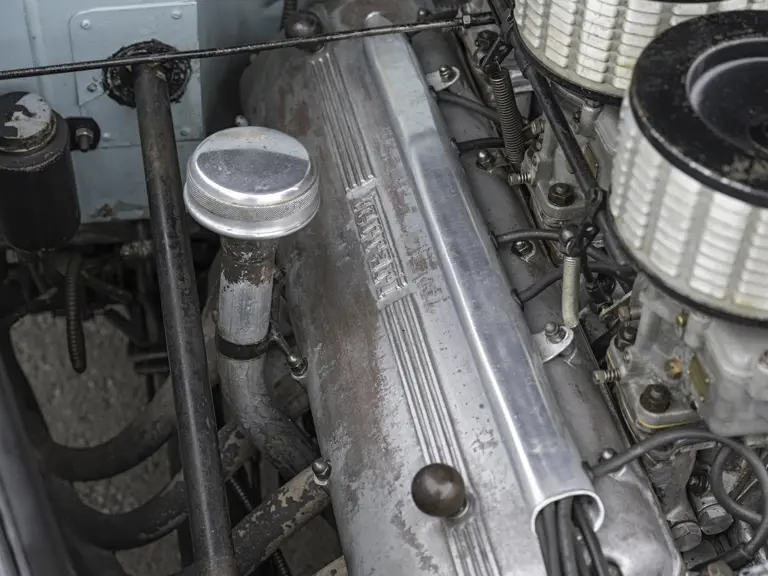

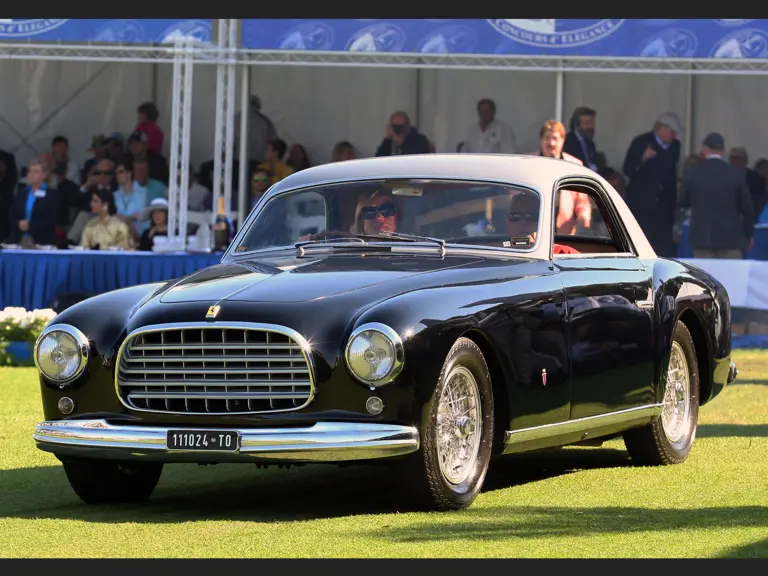
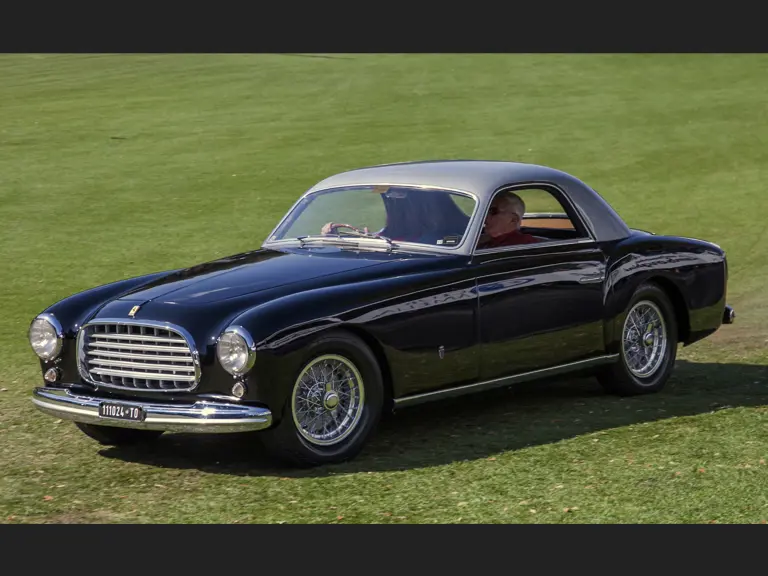
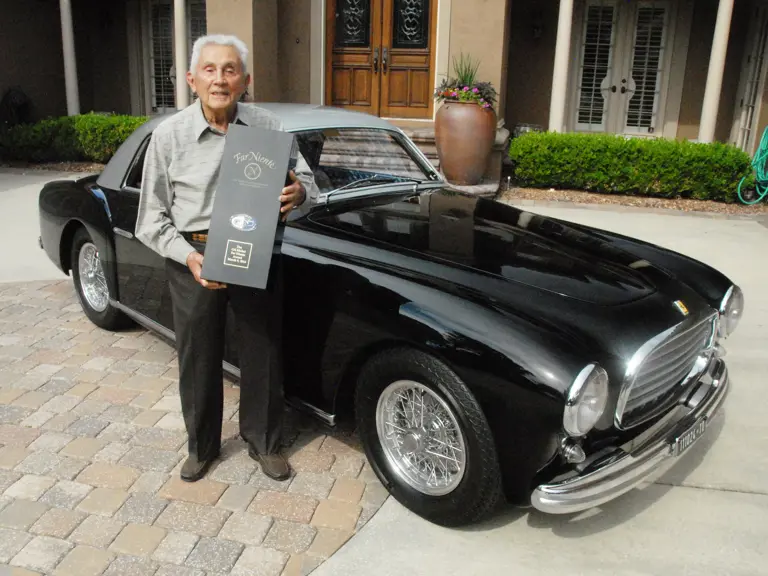
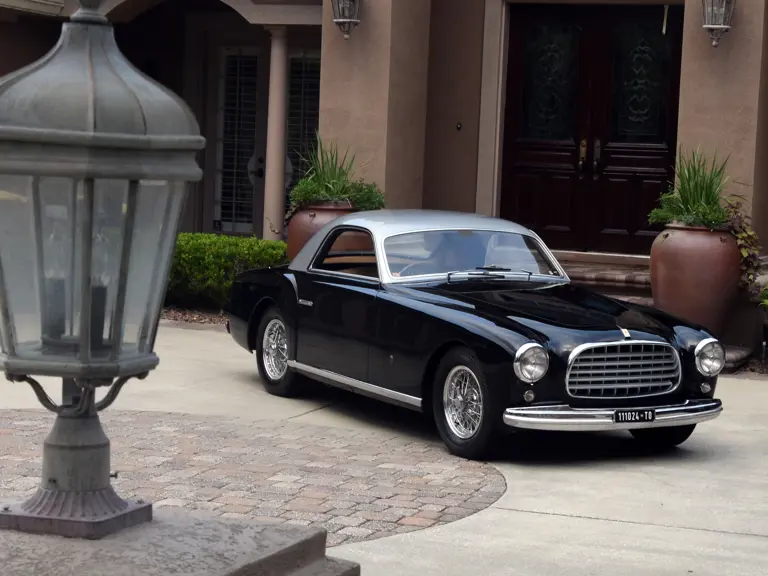

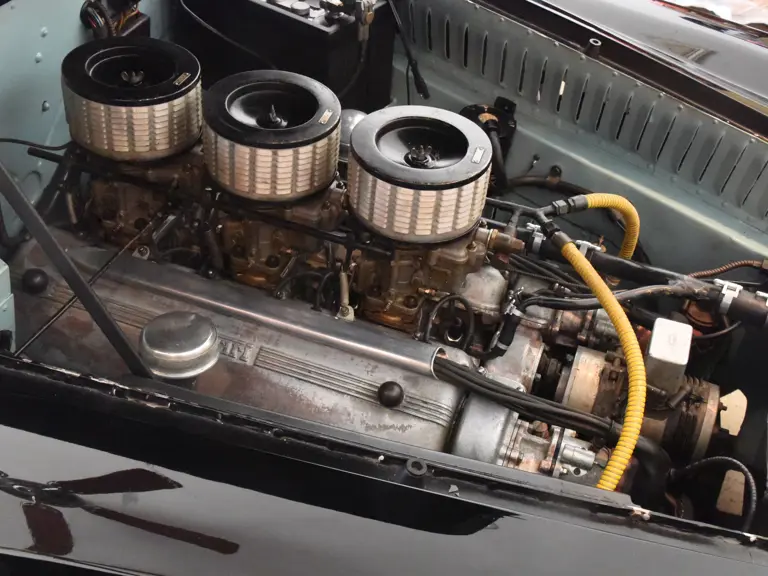
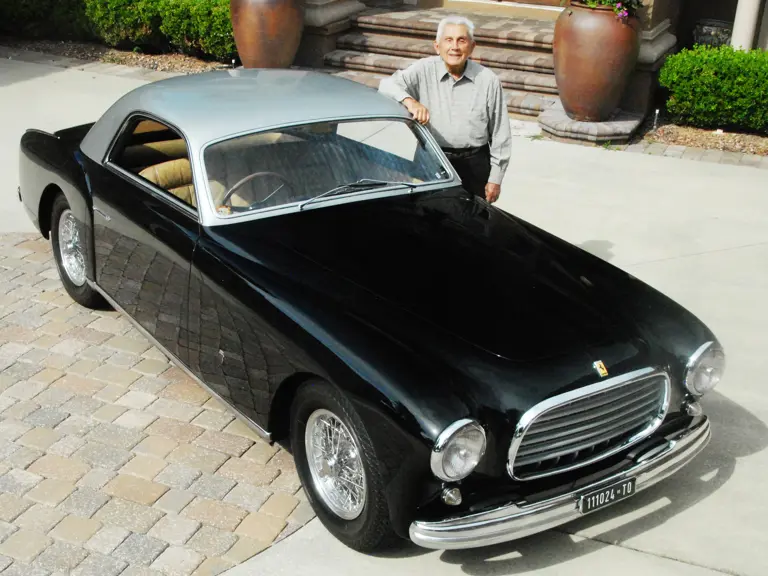
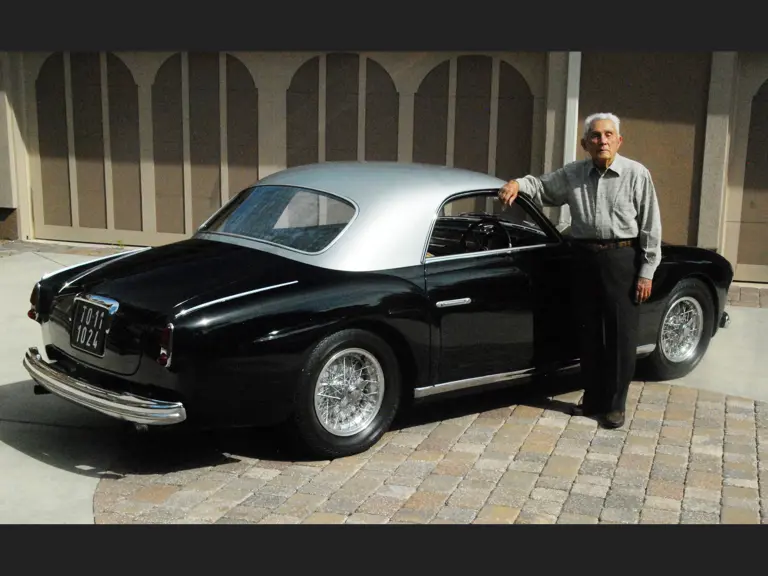
 | Monterey, California
| Monterey, California
